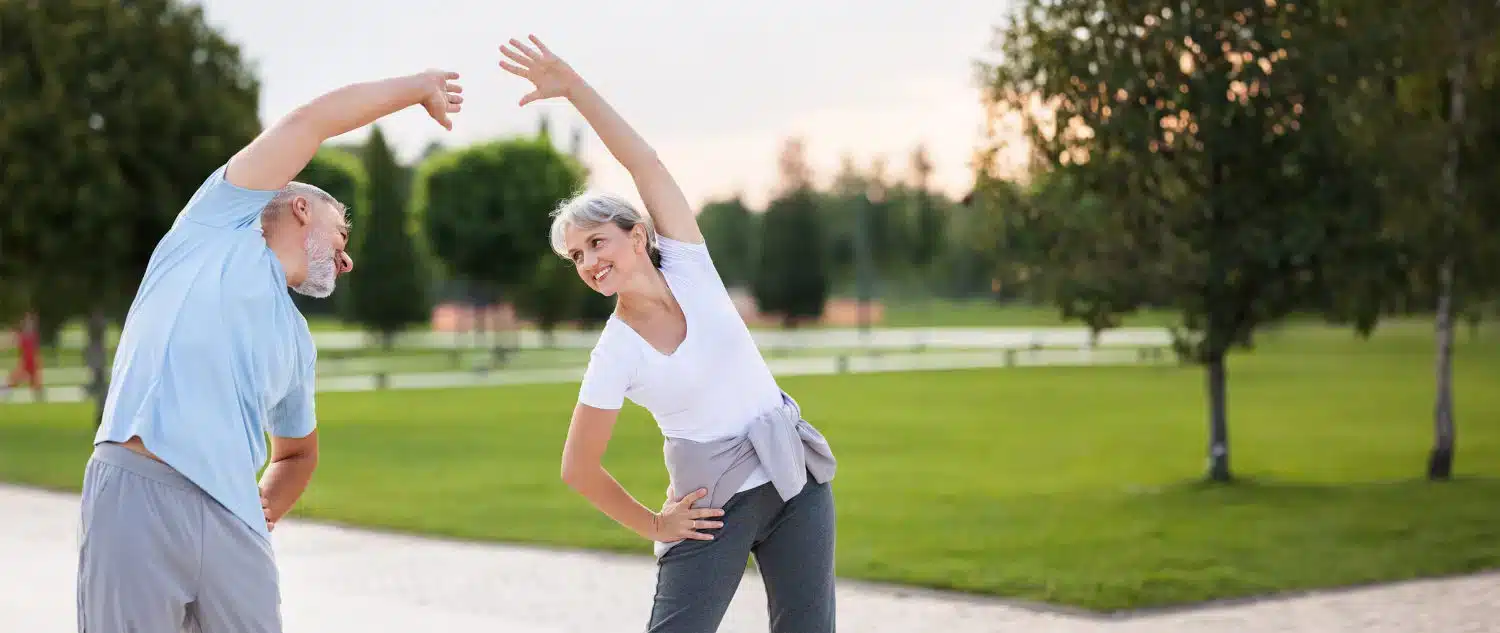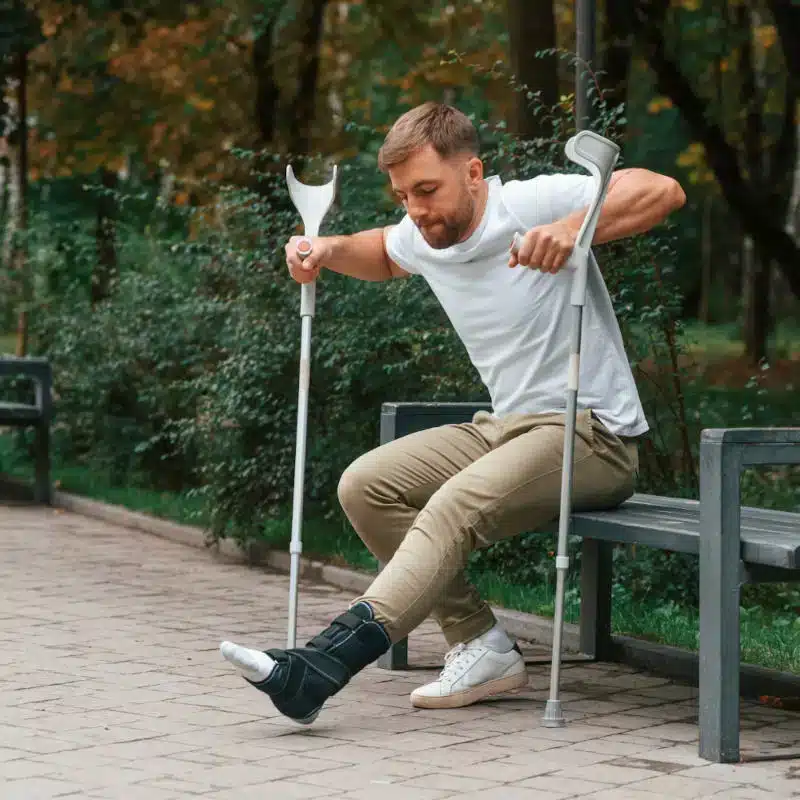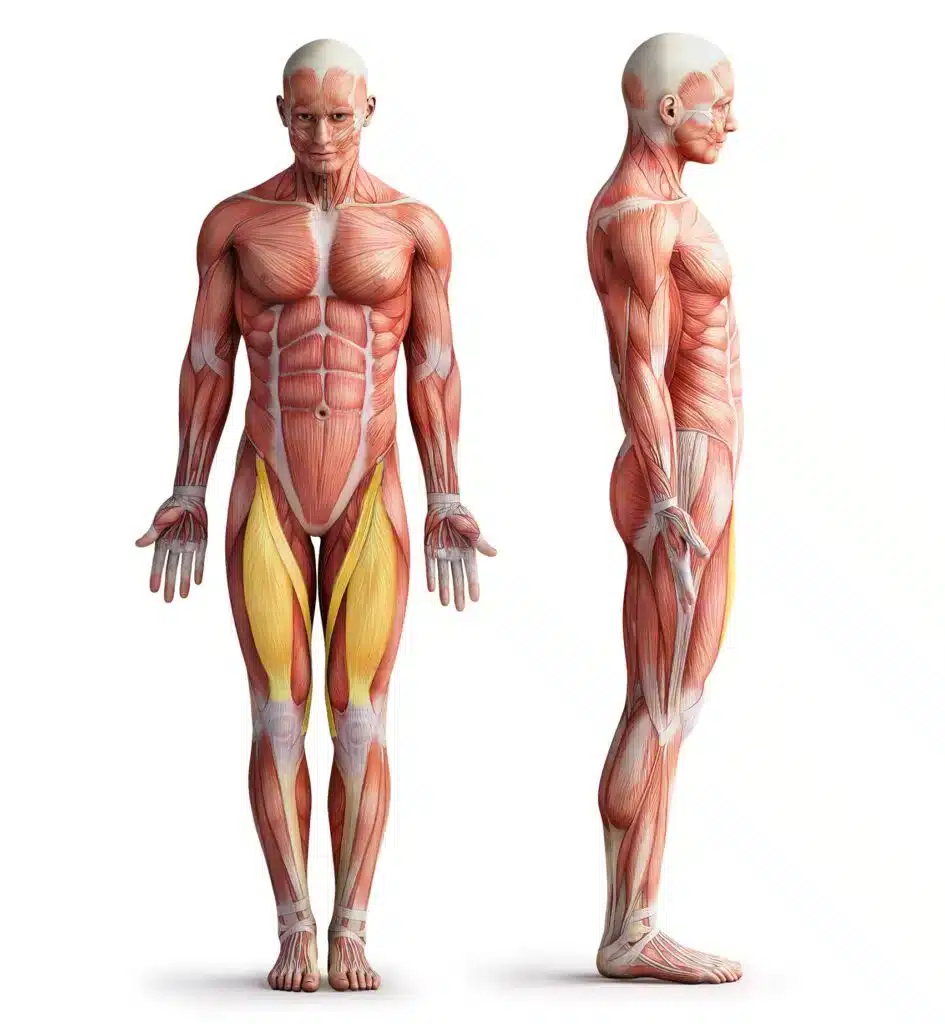How Static Stretching Can Benefit People Suffering from Musculoskeletal Disorders
Static stretching could be used to help the healing process of immobilised joints. If a cast, splint, or brace has been applied to a body part, joint mobility decreases. The study results show that stretching the opposite body part increases the immobilised joints’ range of motion.
The results of another study showed that stretching hip flexor muscles on one side of the body increased the range of motion by 6.3%. The range of motion of the hip flexors that were not stretched increased by 5.7% — almost as much as the stretched flexors.
Static stretching could also be beneficial for people who have musculoskeletal disorders, which include (but are not limited to):
- Osteoarthritis
- Rheumatoid arthritis
- Back or neck pain
- Tendonitis
- Carpal tunnel syndrome
- Degenerative disc disease
Insights for Athletes. Support for Musculoskeletal Disorders. A New Frontier for Research?
The authors of this study made surprising discoveries about the effects of static stretching, which are beneficial for both athletes and people rehabilitating musculoskeletal disorders.
Their findings show that more research into how static stretching affects areas of the body that aren’t targeted by the stretch is worthwhile.
Further research could improve athletic training and rehabilitation programs for those who have musculoskeletal disorders.



